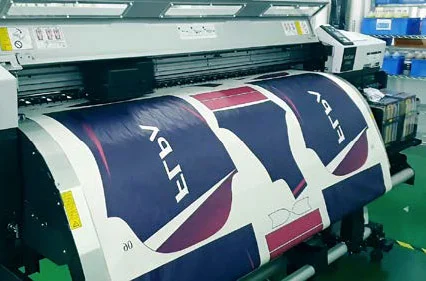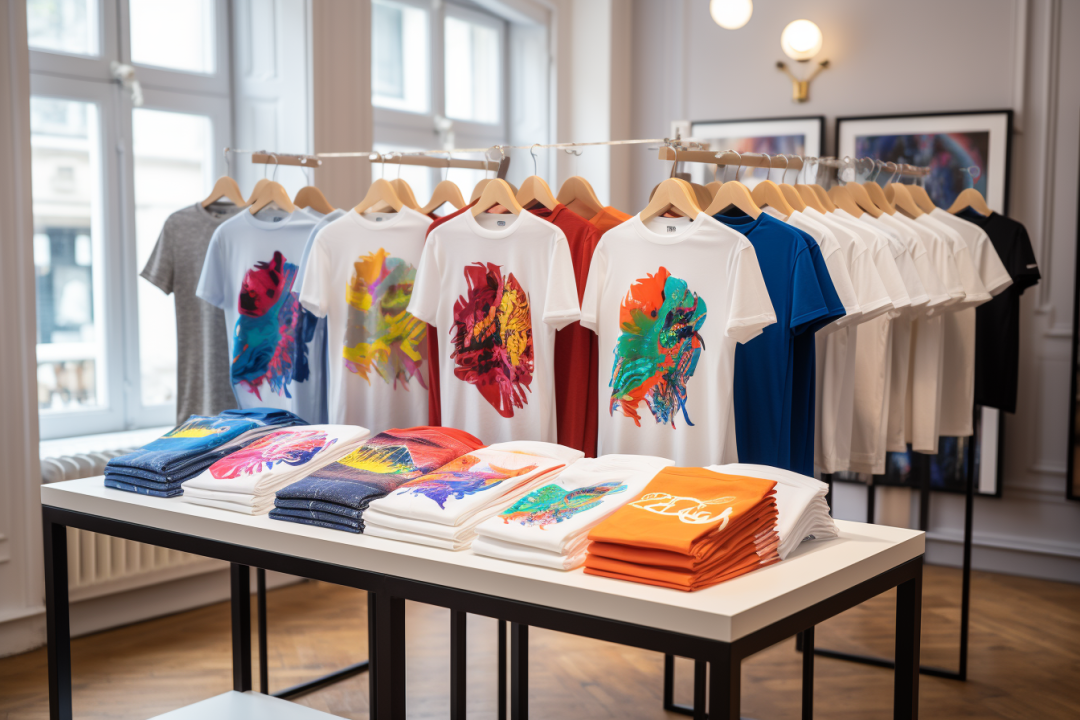Just How Screen Printing Changes the Branded Clothing Sector
A Comprehensive Overview to the Different Kinds of Towel Printing Methods
Each method, from the careful craftsmanship of block printing to the rapid performance of display printing, offers special purposes and supplies distinct advantages. Digital printing's flexibility and environmental awareness stand in stark contrast to the swift modification of warmth transfer printing.
Block Printing
Block Printing, one of the earliest methods of textile decor, has an abundant background that dates back to ancient worlds. The process includes carving complex styles right into wood blocks, which are then dipped in dye and pushed onto fabric to develop patterns.
The precision and workmanship associated with block printing make it a labor-intensive procedure, yet it also permits a high degree of personalization. Artisans can create distinct patterns by integrating various blocks or differing the application of dye. This flexibility has actually added to the long-lasting popularity of block printing in both contemporary and typical fabric layout.
Block printing is especially valued for its aesthetic high qualities, consisting of the small variations in pattern and color that result from the hand-printing process. These blemishes offer a distinct character to each item, distinguishing it from mass-produced textiles. Regardless of developments in modern printing innovations, block printing stays a valued technique, celebrated for its historic relevance and imaginative value.
Display Printing
Display printing, another noticeable textile decor technique, has actually changed the market with its efficiency and convenience. This technique entails producing a pattern, referred to as a screen, and using it to use layers of ink on the printing surface. Each shade in the design needs a separate screen, which allows for complex and lively multi-colored prints.

Among the vital benefits of screen printing is its versatility to various types of fabrics, consisting of cotton, polyester, and blends. This strategy is particularly suitable for large-volume orders because of its cost-effectiveness and speed. The sturdiness of the prints is an additional substantial advantage, as the ink bonds well with the fabric, ensuring resilient designs that hold up against multiple laundries.
Once dried, the style is transferred onto the emulsion-coated display making use of a UV light resource. Ink is after that pushed with the pattern onto the fabric making use of a squeegee.
Screen printing is extensively made use of in the fashion business, advertising items, and custom-made garments. Its capability for top quality, detailed prints protects its status as a cornerstone technique in fabric printing.
Digital Printing
Digital printing has quickly become an innovative method in the fabric sector, leveraging sophisticated technology to generate high-resolution designs directly onto material. Unlike typical techniques, electronic printing uses inkjet printers to down payment pigment or dye-based inks onto textiles, making it possible for lively and elaborate patterns with an amazing degree of information and shade precision.
Among the key advantages of digital printing is its adaptability. This technique enables on-demand printing, look at this site which substantially minimizes waste and lessens supply costs. In addition, it sustains short runs and customized styles, making it perfect for limited-edition collections and custom jobs. The removal of displays and other arrangement requirements better boosts performance, reducing manufacturing time and labor expenses.
In addition, electronic printing is eco-friendly. Branded clothing. It uses water-based inks and needs much less water and power contrasted to standard methods, aligning with sustainable practices. The precision of electronic printing likewise allows the usage of a bigger variety of fabrics, consisting of cotton, silk, polyester, and blends, making sure adaptability across numerous applications
Heat Transfer Printing
Exactly how does warmth transfer printing revolutionize material style? This method has brought significant innovations by enabling elaborate and vibrant styles to be moved onto a variety of textiles with impressive precision. Heat transfer printing entails using warmth and stress to transfer a layout from a particularly developed paper onto material. This procedure begins with publishing the preferred picture onto transfer paper using specialized inks. When the picture is published, the paper is put onto the textile and subjected to a warm press, which moves the ink from the paper to the fabric.
Among the main advantages of warmth transfer printing is its capacity to generate top quality, in-depth pictures swiftly and efficiently. It is especially appropriate for little manufacturing runs and customized orders, making it a popular selection for tailored garments and marketing items. Furthermore, this strategy is versatile, fitting different types of materials consisting of cotton, polyester, and blends.
Moreover, warm transfer printing is relatively cost-effective compared to various other approaches, as it needs very little arrangement and reduced initial financial investment - screen printing. This price, combined with its capability for producing dynamic, durable prints, emphasizes its essential function in modern-day material style

Dye Sublimation Printing
Dye important site sublimation printing, a sophisticated fabric printing strategy, offers unparalleled vibrancy and longevity for designs on numerous artificial textiles. This approach entails transforming strong color right into a gas without travelling through a fluid state, permitting the color to penetrate the textile flawlessly. The process begins with printing the design onto an unique transfer paper making use of sublimation inks. The published transfer paper is after that positioned on the textile, and both undergo high warmth and stress utilizing a warm press. The heat causes the dye to sublimate and bond with the fabric fibers, creating an irreversible, high-resolution print that stands up to fading and fracturing.
One of the crucial advantages of color sublimation printing is its ability to create continuous-tone prints with detailed details and lively colors. Unlike other printing techniques, the dye comes to be part of the textile instead than resting on top of it, resulting in a breathable and soft coating.
Verdict
Block printing is prized for its artisanal quality, while screen printing is beneficial for high-volume production. Digital printing supplies flexibility and ecological advantages, whereas warmth transfer printing is ideal for rapid personalization.
Each technique, from the careful workmanship of block printing to the fast effectiveness of display printing, serves special functions and uses distinctive advantages. Digital printing's flexibility and click over here now ecological awareness stand in plain contrast to the swift customization of heat transfer printing. Despite advances in modern printing modern technologies, obstruct printing continues to be a valued strategy, commemorated for its historic relevance and creative value.
Dye sublimation printing, an advanced fabric printing technique, supplies unmatched vibrancy and long life for styles on different synthetic textiles. Digital printing gives convenience and ecological benefits, whereas heat transfer printing is perfect for quick modification.